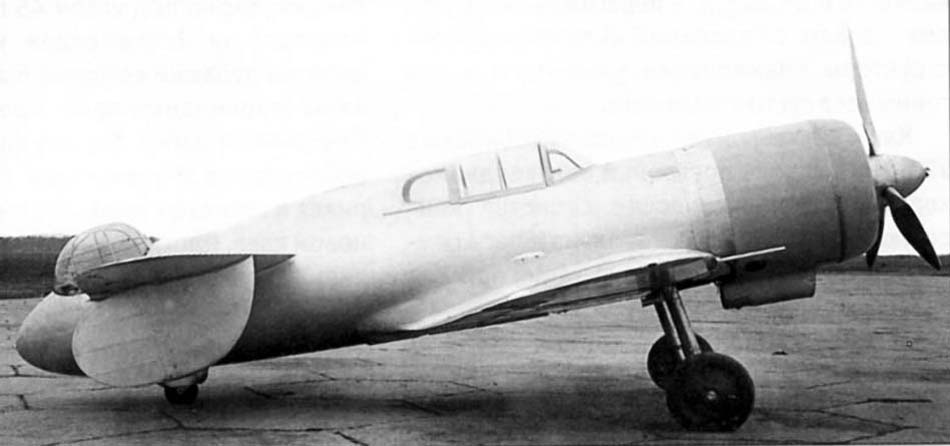Some things said in the alternate British jet thread started a thought. How could you make a plane that was not a success and with a tweak that WAS available to its manufacturer turn it into one that should have been a success.
For example the Boulton Paul Defiant is now considered a failure. It seems obvious now that it should have had forward firing guns as well as its turret. It could (and I stress could) have been as successful as the Bristol Fighter in WW1 (that was the idea in the first place!). Or when it was obvious that the turret concept wasn't working use the jigs to build another 8 gun (or 4 cannon) fighter. I should point out that Boulton Paul suggested both of these and the men from the ministry said no.
Put new engines onto the Whirlwind once it was obvious that the Peregrine was never going to be developed properly is another. However the Merlin would require a major redesign did no one consider the Hercules? If the Whilwind had been a success no need for the Fighter version of the Mosquito and the Typhoon is consigned to the pile of so nearlies.
Any other suggestions?
For example the Boulton Paul Defiant is now considered a failure. It seems obvious now that it should have had forward firing guns as well as its turret. It could (and I stress could) have been as successful as the Bristol Fighter in WW1 (that was the idea in the first place!). Or when it was obvious that the turret concept wasn't working use the jigs to build another 8 gun (or 4 cannon) fighter. I should point out that Boulton Paul suggested both of these and the men from the ministry said no.
Put new engines onto the Whirlwind once it was obvious that the Peregrine was never going to be developed properly is another. However the Merlin would require a major redesign did no one consider the Hercules? If the Whilwind had been a success no need for the Fighter version of the Mosquito and the Typhoon is consigned to the pile of so nearlies.
Any other suggestions?
